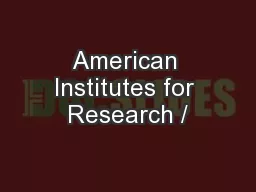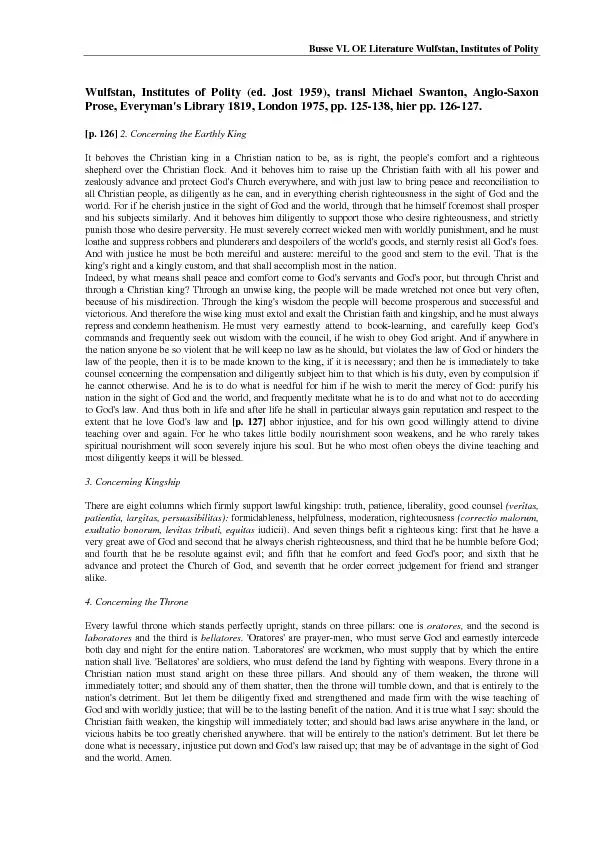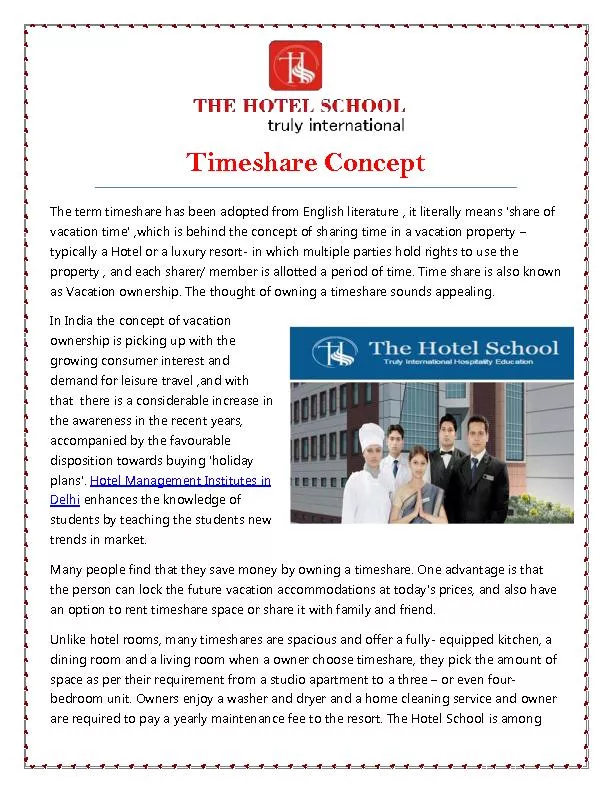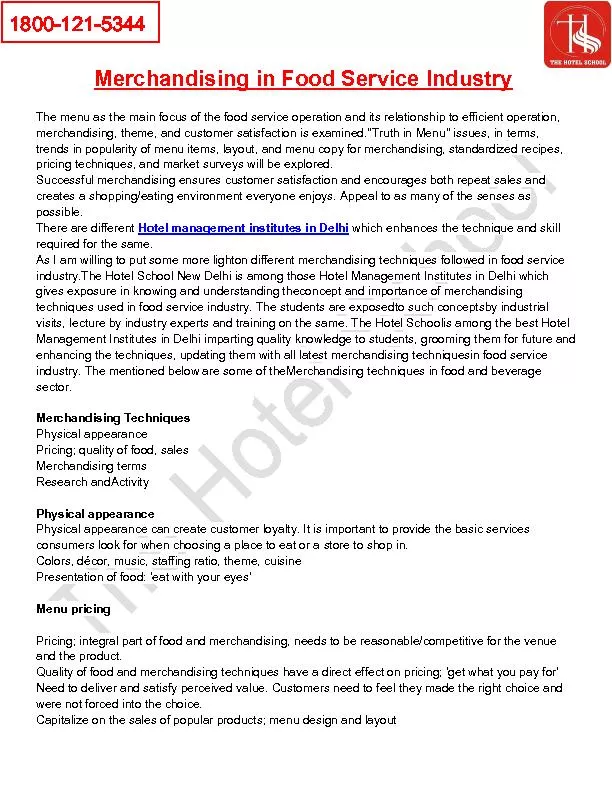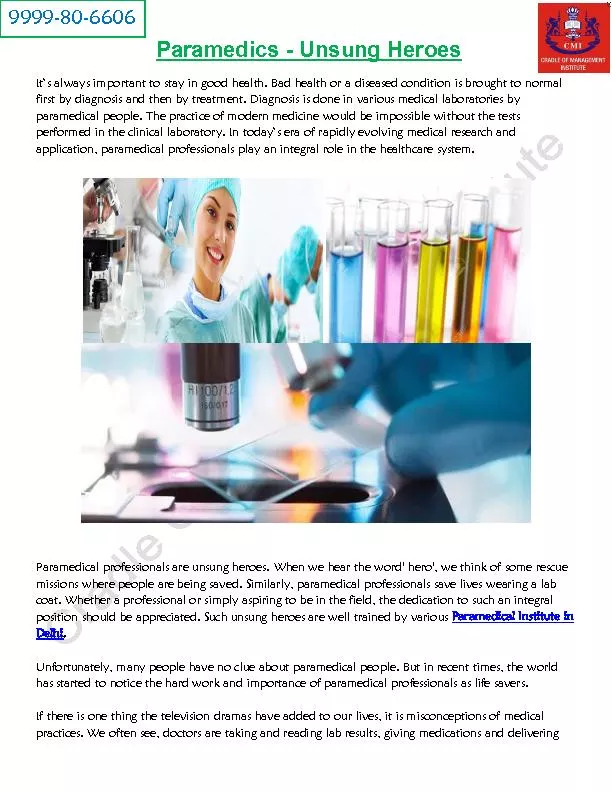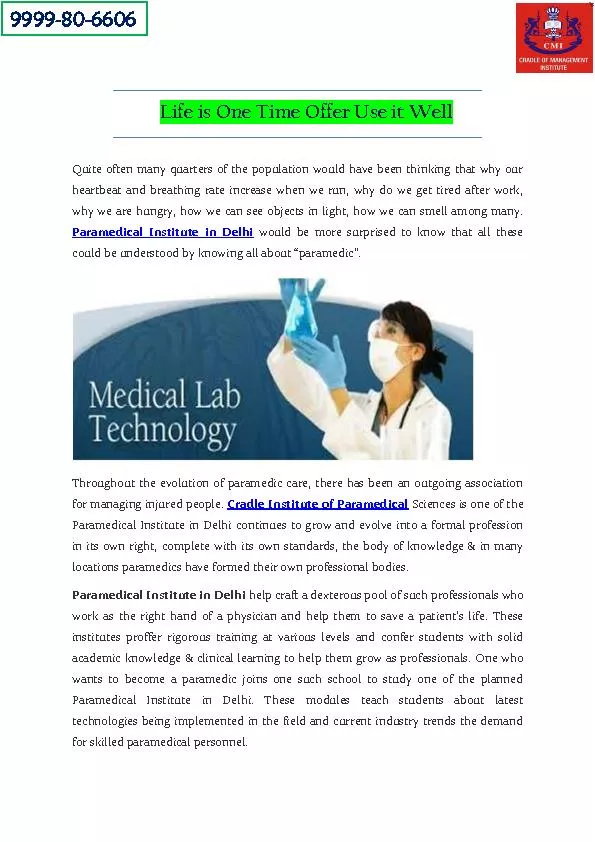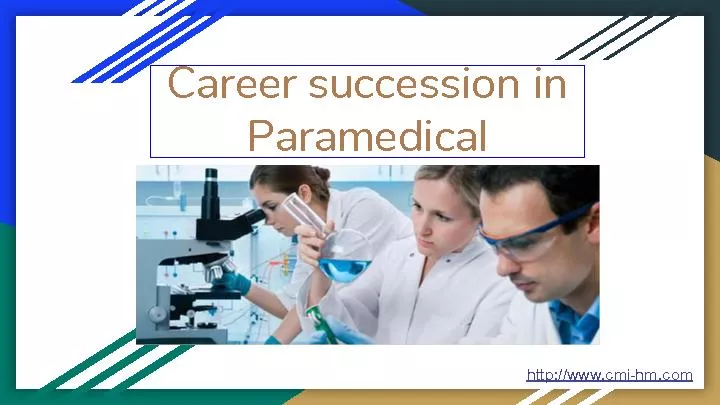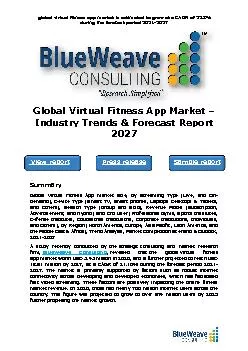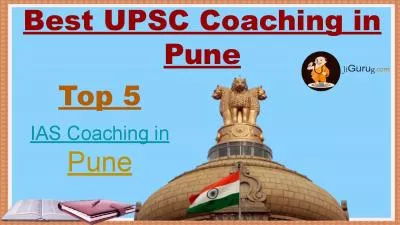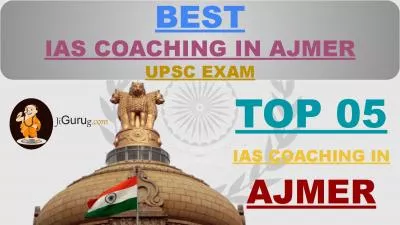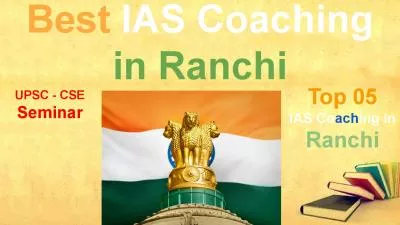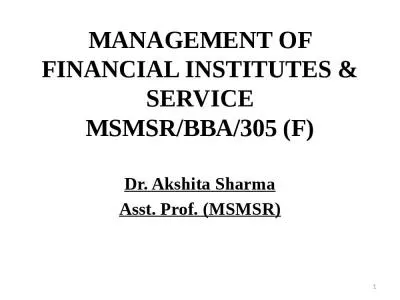PPT-American Institutes for Research /
Author : karlyn-bohler | Published Date : 2017-11-05
National Center on Family Homelessness Transitional Housing for Survivors of Domestic and Sexual Violence A 201415 Snapshot Overview Webinar 2 Chapters 58 Copyright
Presentation Embed Code
Download Presentation
Download Presentation The PPT/PDF document "American Institutes for Research /" is the property of its rightful owner. Permission is granted to download and print the materials on this website for personal, non-commercial use only, and to display it on your personal computer provided you do not modify the materials and that you retain all copyright notices contained in the materials. By downloading content from our website, you accept the terms of this agreement.
American Institutes for Research /: Transcript
Download Rules Of Document
"American Institutes for Research /"The content belongs to its owner. You may download and print it for personal use, without modification, and keep all copyright notices. By downloading, you agree to these terms.
Related Documents

